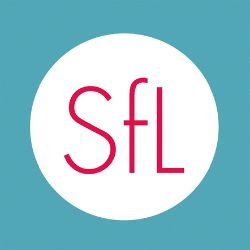No products in the cart.

Building Writing Skills Across Subjects
As students progress through their academic careers, writing becomes an increasingly important tool for demonstrating understanding. From crafting persuasive arguments in history to analyzing complex data in science, the ability to communicate effectively in writing is essential for success. Unfortunately, while writing is often emphasized, explicit instruction in writing across different genres is not always a priority. This article explores the importance of teaching writing as a transferable skill and provides practical strategies for implementation.
The Need for Explicit Writing Instruction
Writing is a complex process that requires deliberate instruction. While students may be able to string together sentences, they often struggle with the nuances of different writing genres. A well-written science report differs significantly from a compelling narrative essay, yet both demand clarity, organization, and evidence. Without explicit guidance, students may develop misconceptions about writing that hinder their progress.
Constructing Meaning Through Writing
Effective writing instruction goes beyond grammar and mechanics. It involves teaching students how to think critically, analyze information, and construct meaning. By engaging in various writing tasks, students learn to organize their thoughts, support claims with evidence, and adapt their writing style to different audiences and purposes. For instance, understanding that a science report specifically requires clear and concise explanations, while literary analysis in ELA demands close reading and nuanced interpretations.
Internalizing the Language of Instruction
To foster strong writing skills, teachers must provide explicit instruction in a variety of genres. Modeling effective writing, providing opportunities for practice, and offering specific feedback are essential components of this process. To help students develop their academic writing proficiency, it is also crucial to teach them to understand and use the language of academic discourse. This involves familiarizing students with key vocabulary, sentence structures, and rhetorical devices employed in different genres. For example, students may learn to use terms like “analyze,” “evaluate,” and “synthesize” appropriately when reflecting on the results of a science experiment, while utilizing words such as “therefore,” “consequently,” or “accordingly” to establish cause-and-effect relationships in a history essay. By internalizing this academic language, students become more confident and effective writers across disciplines.
Writing as a Tool for Learning
Ultimately, writing is not just a subject to be taught but a tool for learning across disciplines. When students are required to write about what they are learning, they deepen their understanding of the content. Writing forces students to clarify their thoughts, make connections between ideas, and articulate their knowledge in a coherent manner. By prioritizing explicit writing instruction and creating opportunities for students to write across different genres, educators can empower students to become confident and critical thinkers. When writing becomes a seamless part of the learning process, students are better equipped to succeed in school and beyond.
Written by BJ McIntyre, Director of Education







No comment yet, add your voice below!